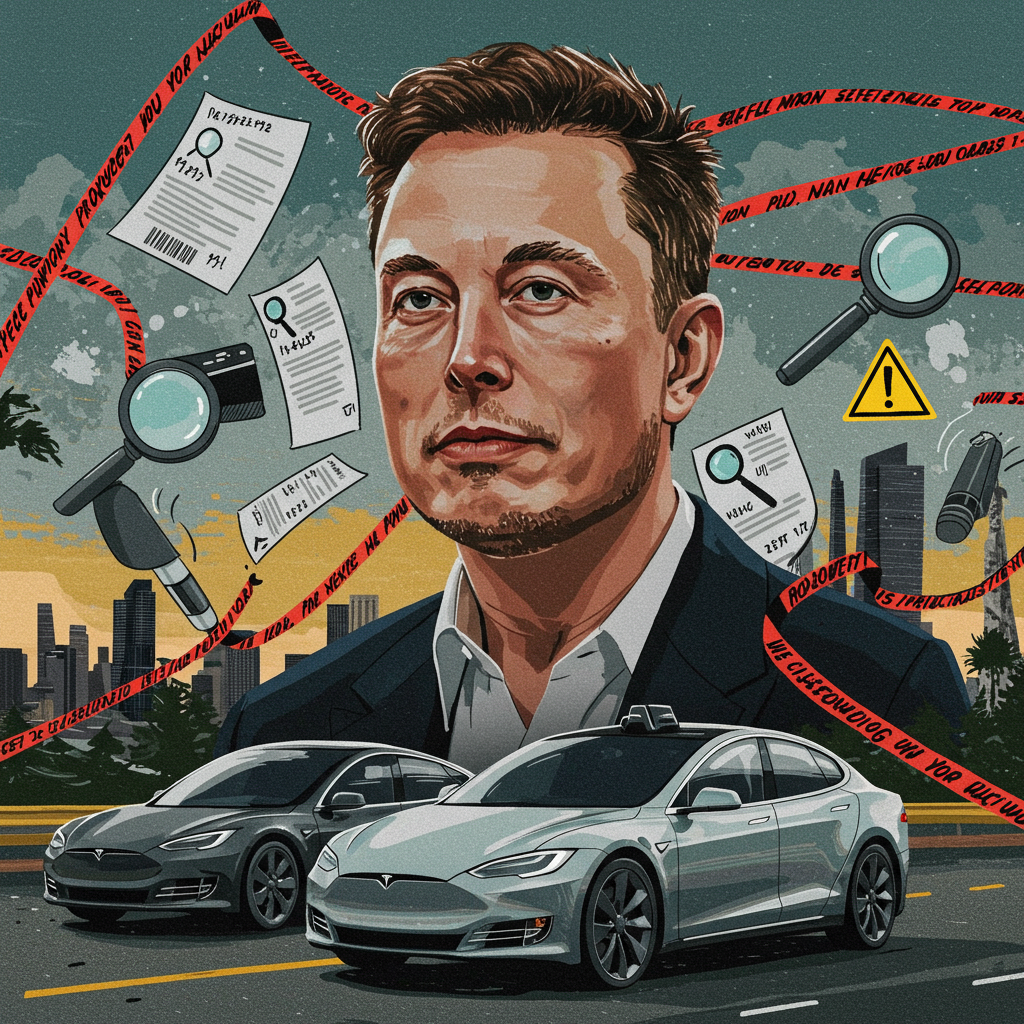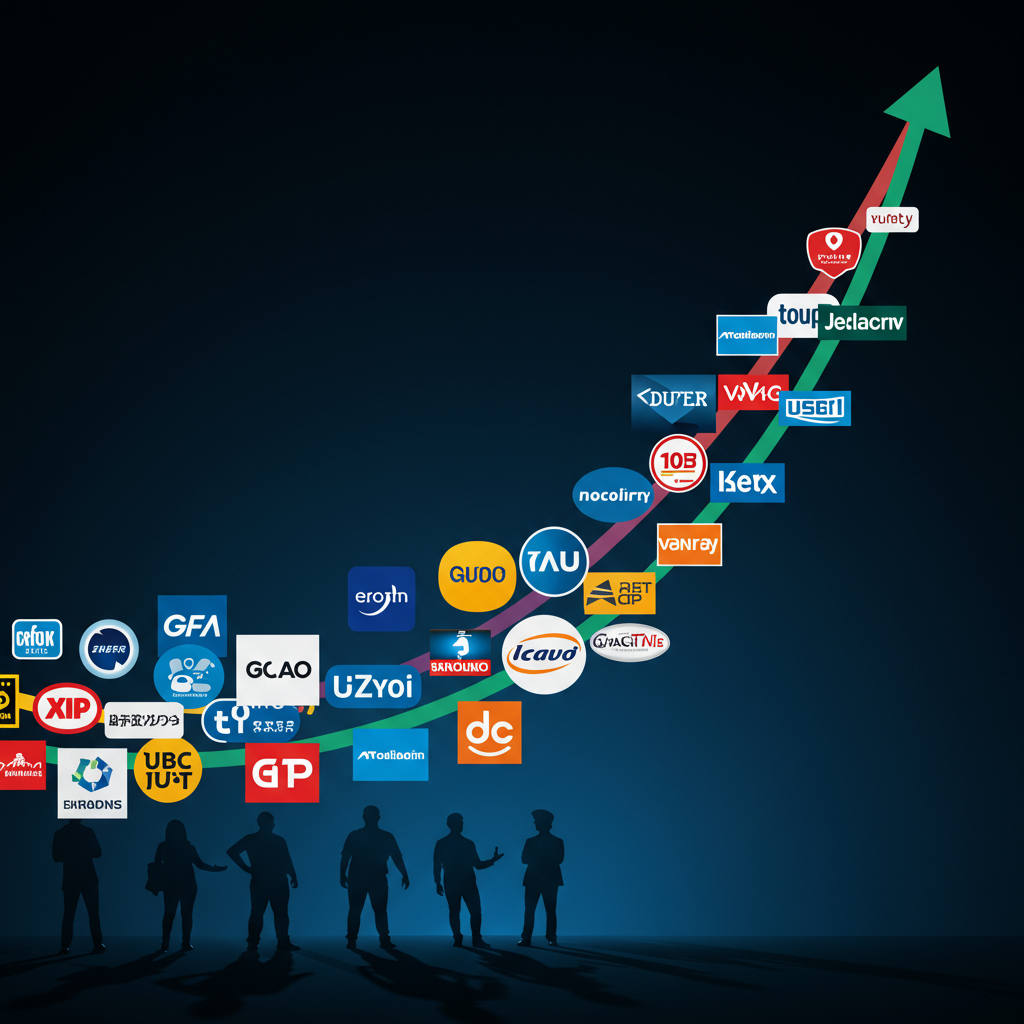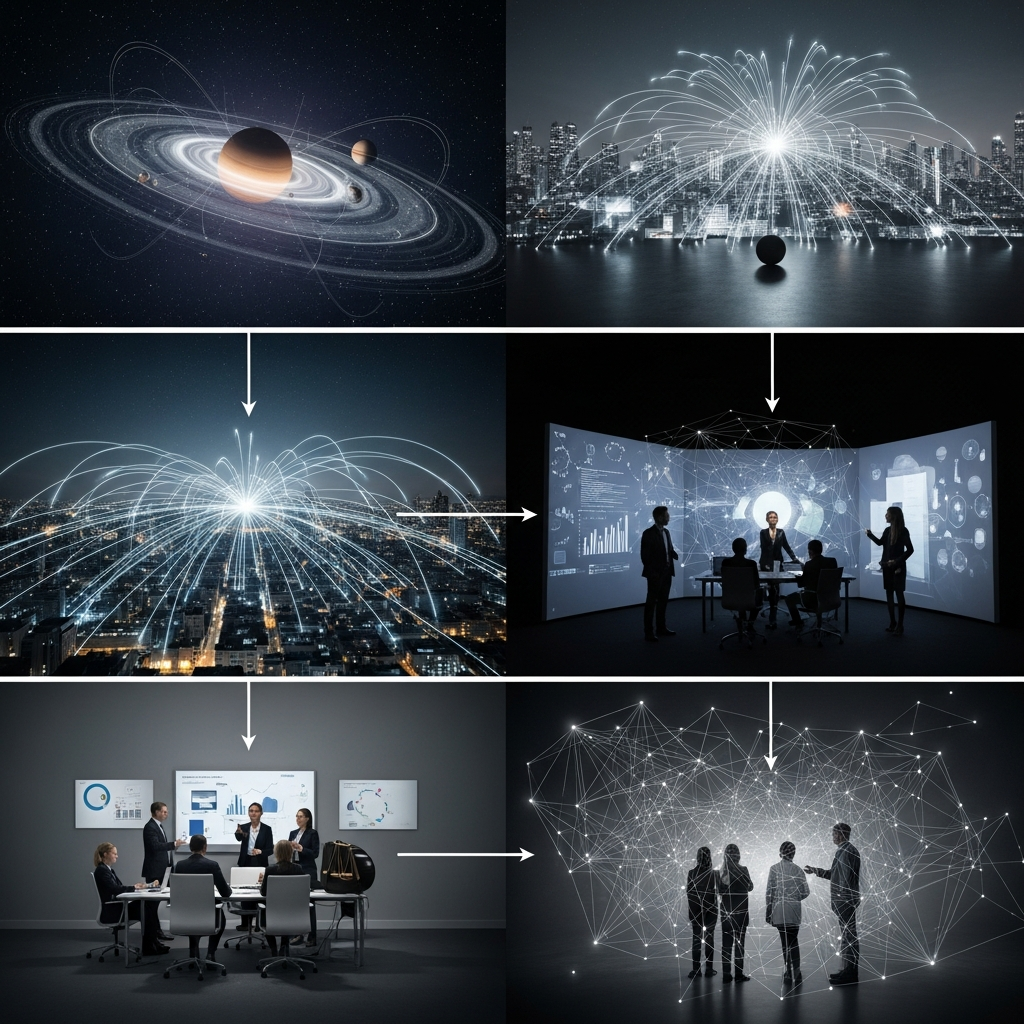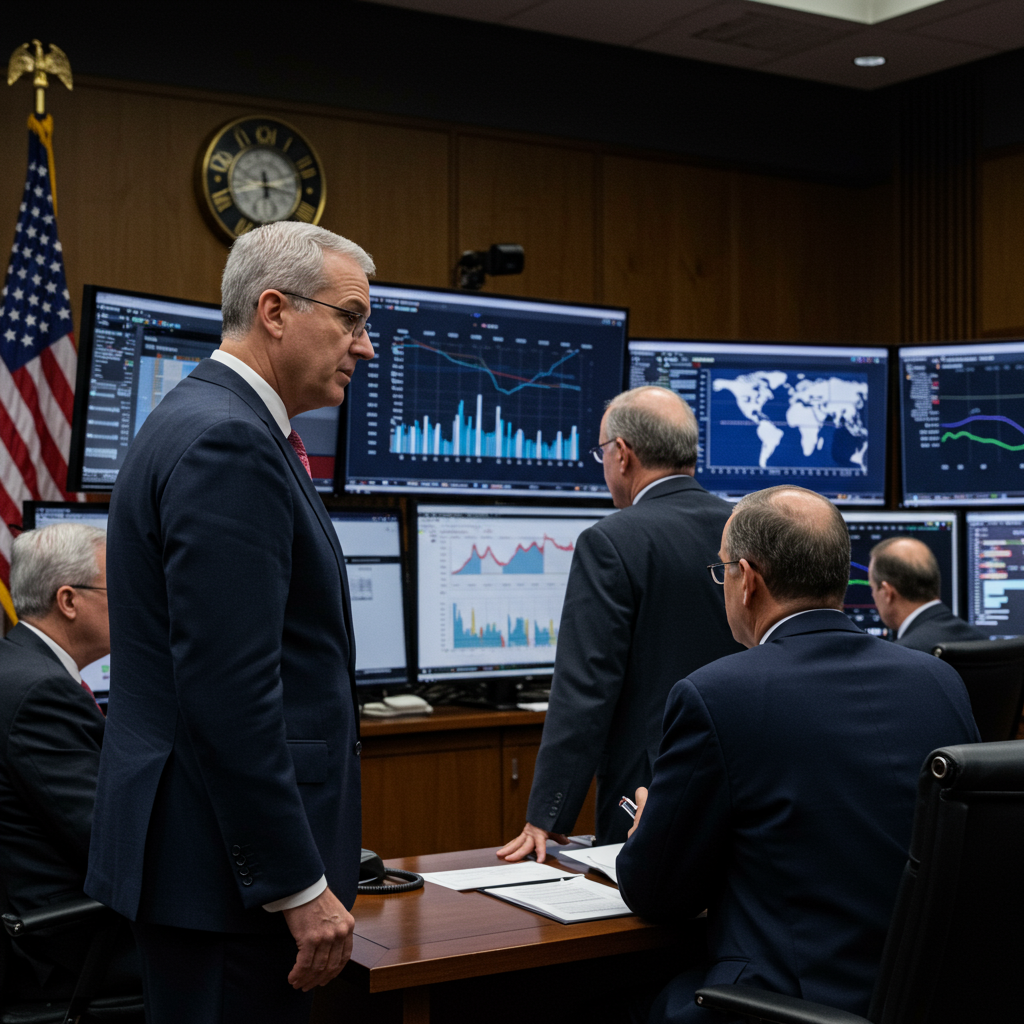Elon Musk envisions transforming Tesla into a dominant force in the autonomous vehicle market, complete with a futuristic “Cybercab” and a fleet of unsupervised, fully autonomous Model 3 and Y vehicles operating on public roads within the next few years. However, this ambitious robotaxi dream is currently facing a significant “reality check,” marked by escalating regulatory scrutiny, technical hurdles, and financial pressures.
While Tesla plans a phased rollout of its autonomous taxi service, potentially starting in Austin using FSD-equipped Model Y vehicles, experts and regulators alike are highlighting the substantial gap between Tesla’s current technology and true self-driving capability.
Mounting Regulatory and Safety Concerns
Tesla’s existing driver-assistance systems, Full Self-Driving (FSD) and Autopilot, are under intense scrutiny. The National Highway Traffic Safety Administration (NHTSA) recently launched a probe into FSD following crashes, including one pedestrian fatality, specifically examining its performance in challenging conditions like reduced visibility. This adds to previous actions, such as the December 2023 recall of over two million vehicles due to concerns about Autopilot misuse, and subsequent investigations after crashes linked to the updated software continued.
The Department of Justice is also reportedly investigating how Tesla and Musk have promoted the capabilities of these systems. Critics, including autonomous vehicle experts, assert that FSD is merely a sophisticated driver assistance system requiring active human supervision, not a fully autonomous one. They point to Tesla’s camera-only approach as a potential limitation compared to rivals using multiple sensor types (like lidar). Government data further underscores safety concerns, linking Tesla’s driver assistance features to hundreds of crashes and dozens of fatalities nationwide.
Deploying a large-scale robotaxi network introduces even more complex regulatory challenges. Experts note that operating truly driverless vehicles and establishing a ride-hailing service requires navigating arduous federal approvals (especially for vehicles without traditional controls like steering wheels) and state-by-state licensing processes. Notably, Tesla currently lacks crucial permits needed in states like California to test or deploy vehicles without a human safety driver.
Financial and Operational Pressures
Adding to the challenges, Tesla shares have recently seen declines amidst a pessimistic outlook from some analysts, dubbed a “reality check” from Wall Street. Wells Fargo, for instance, significantly lowered its second-quarter delivery forecast for Tesla, citing deteriorating performance of key models like the Model Y due to rising inventory and increased promotional activity.
Beyond delivery volumes, analysts have raised concerns about Tesla’s financial health, projecting a potential negative free cash flow in 2025 – the first time since 2018. This outlook is partly influenced by the potential loss of profitable regulatory credit sales following a Senate decision impacting California’s emissions authority, which could significantly impact earnings. The company also faces ongoing price competition in the electric vehicle market and substantial capital expenditures required for factory expansions and technology development, all occurring during a period of perceived core business weakness. Operational hiccups, such as planned production halts at facilities like the Austin Gigafactory for maintenance, further compound investor worries about execution and growth trajectory.
Robotaxi Rollout Risks
The proximity of these financial and regulatory pressures to the planned robotaxi launch in Austin raises specific concerns. While some analysts remain bullish on the long-term potential of autonomous driving and robotaxi services, others like Wells Fargo warn that an aggressive rollout given the current state of the technology and regulatory environment could be risky. Limited testing and potential accidents could trigger severe regulatory backlash and damage public perception, further hindering the path to realizing the robotaxi vision.
In conclusion, while Tesla’s robotaxi ambition, exemplified by the Cybercab concept, represents a bold future goal, the immediate reality involves navigating a landscape fraught with significant technical limitations of its current self-driving systems, intensifying regulatory investigations, and financial pressures that collectively present substantial headwinds to achieving that vision.




